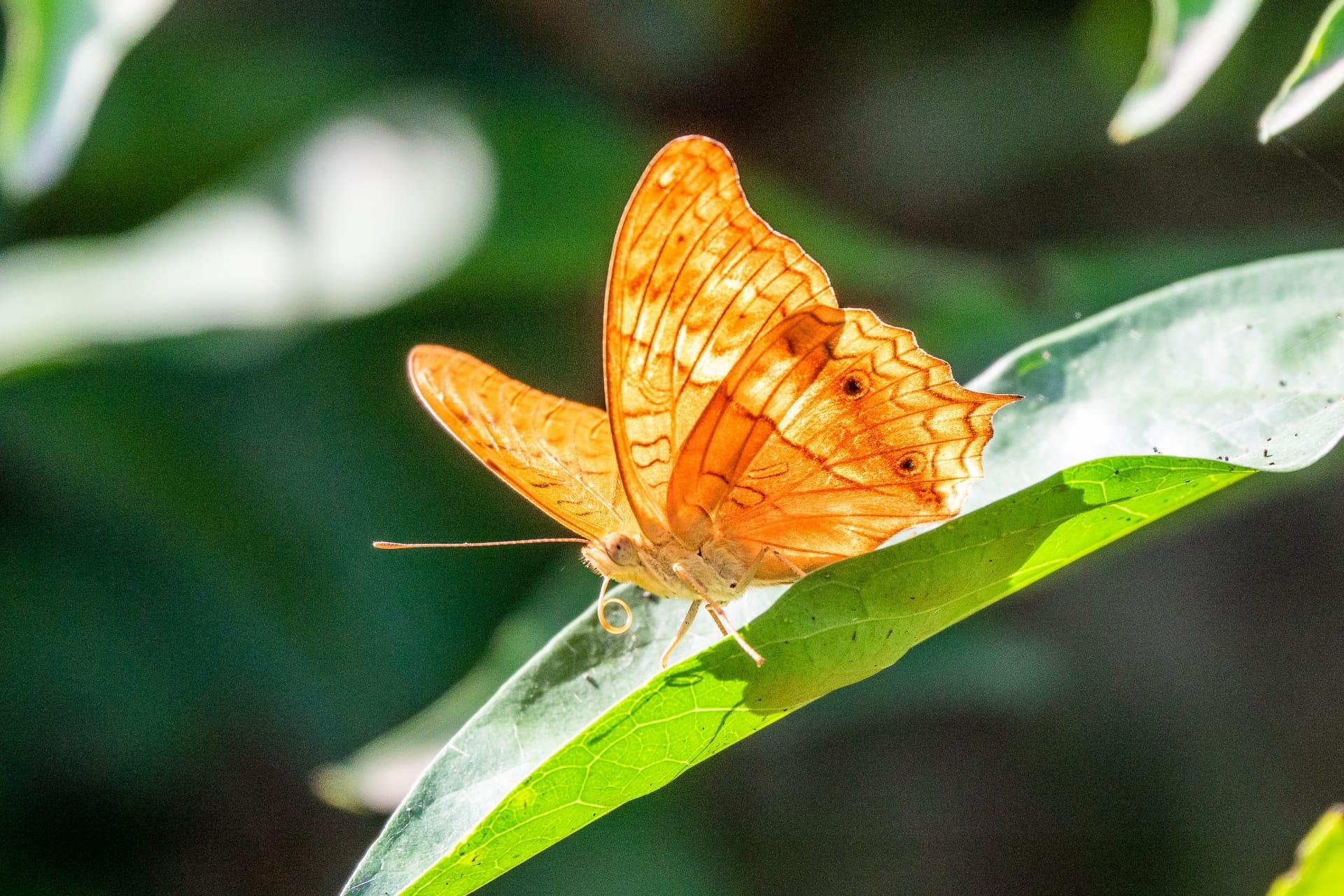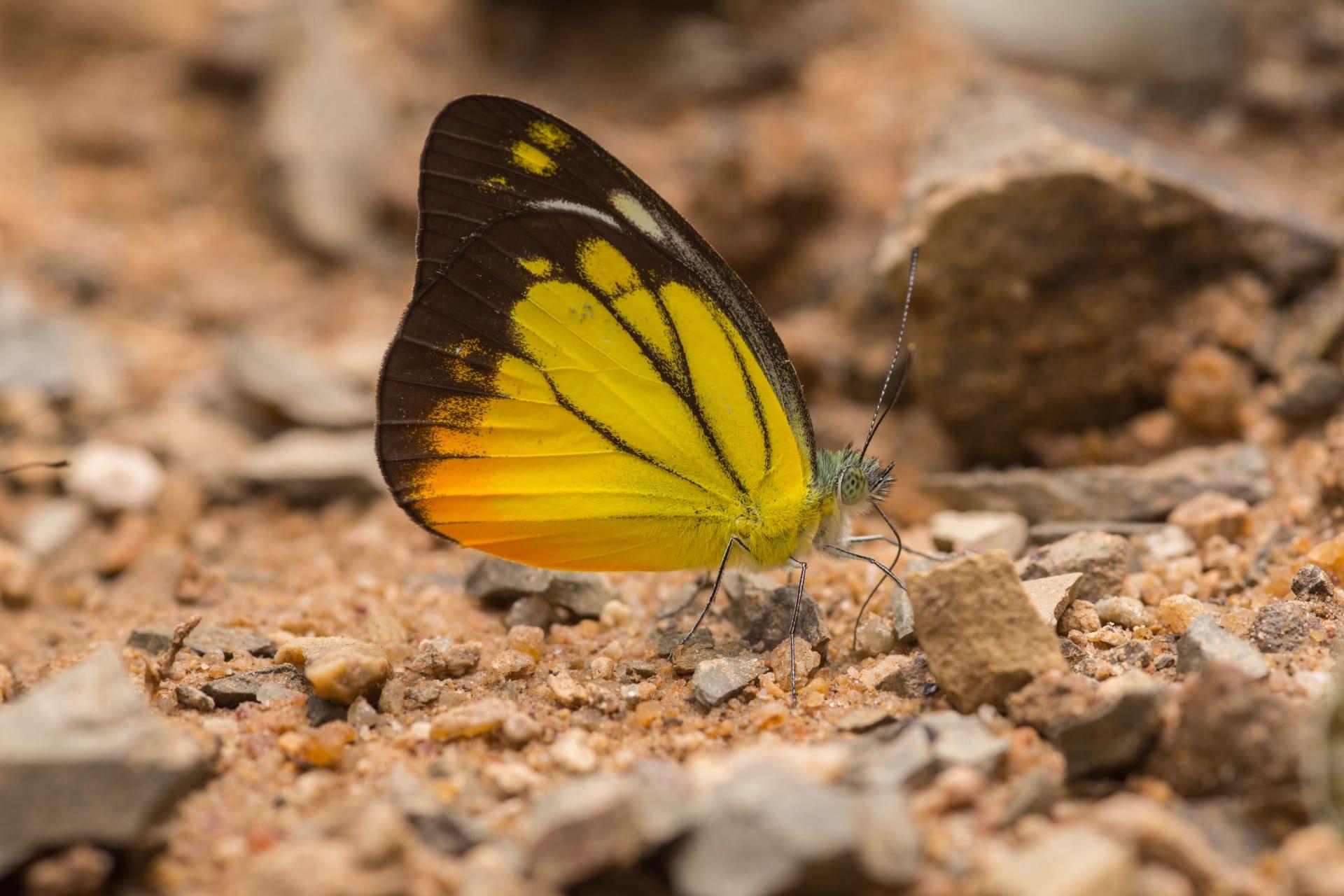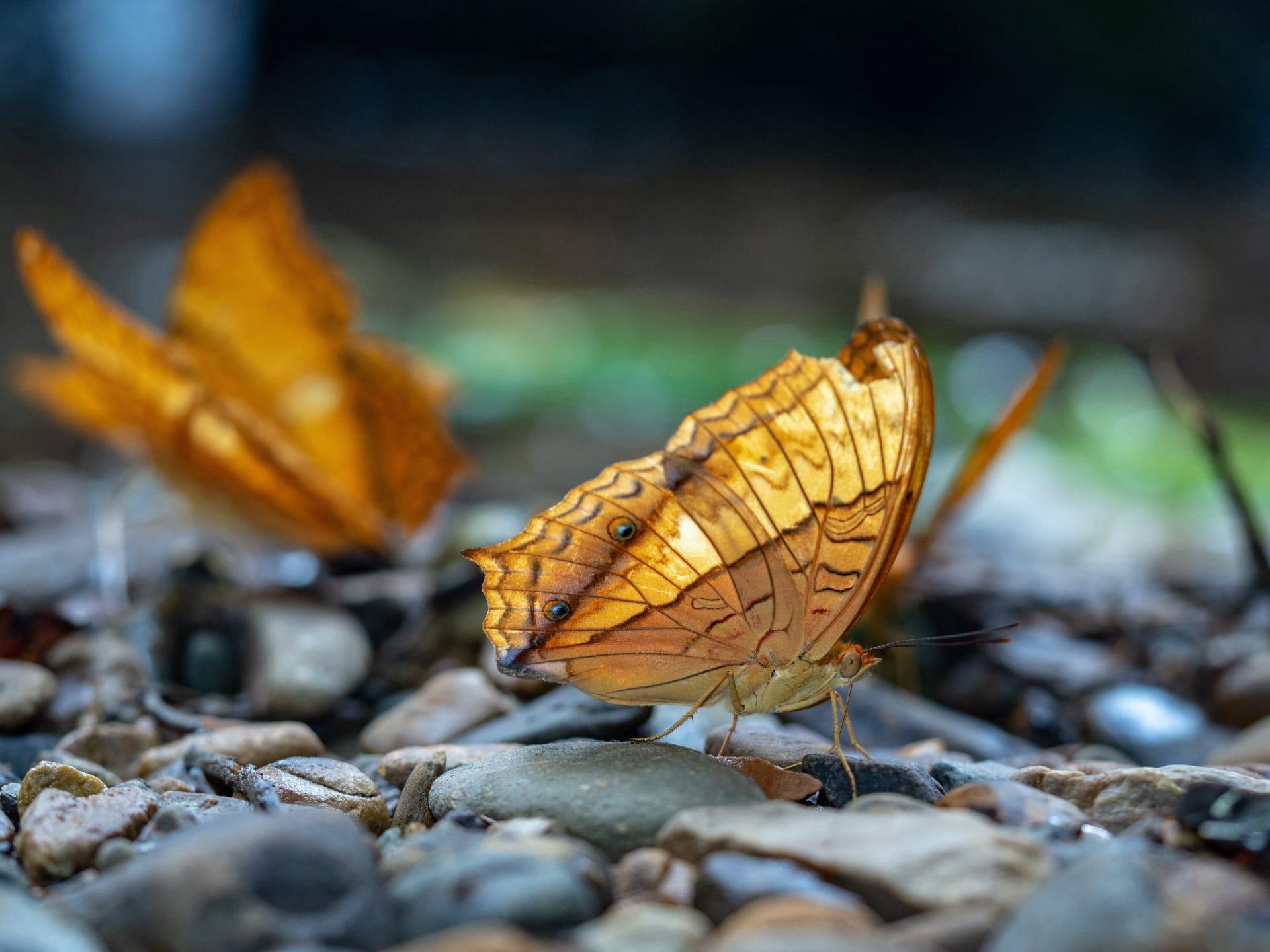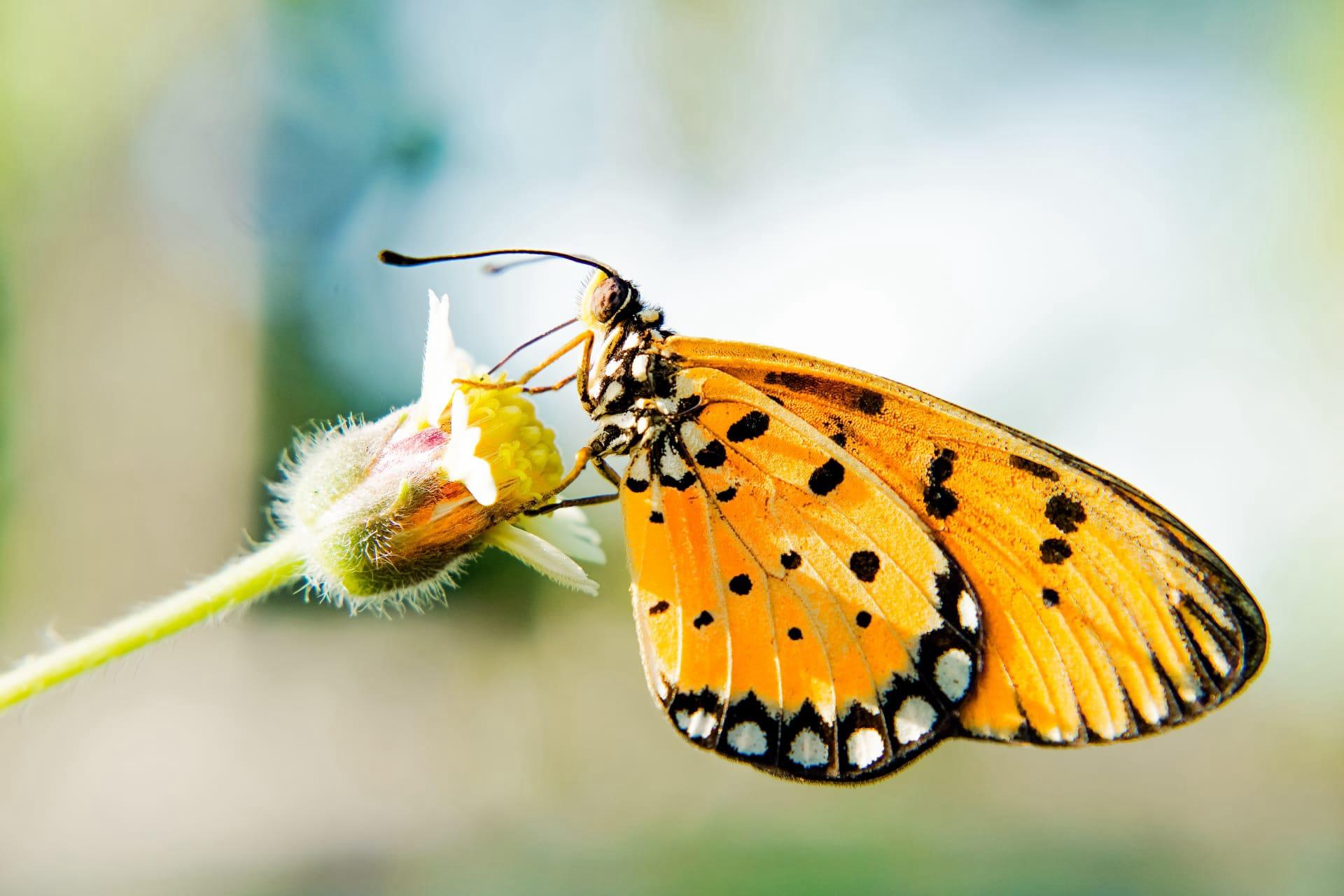Yellow Butterfly
- Home /
- Mini Encyclopedia /
- Animal /
- Yellow Butterfly
1
Yellow butterflies, a vibrant and diverse group, belong to the Lepidoptera order, which includes all butterflies and moths. The most common families within this order featuring yellow butterflies are Pieridae, known for their bright, often yellow, wings, and Papilionidae, recognized for their sizeable and colorful wings. Species like the Clouded Yellow (Colias croceus) and the Common Brimstone (Gonepteryx rhamni) are notable examples. These species, among others, demonstrate a remarkable variety of patterns and shades within the yellow spectrum, ranging from pale lemon to deep mustard.
Yellow butterflies are found across the globe, flourishing in diverse habitats. Their distribution stretches from the temperate zones of Europe and North America to the tropical regions of South America and Asia. Species like the Southern Dogface (Zerene cesonia) are predominantly seen in North America, especially in open, sunny areas like fields and gardens. In contrast, the African Migrant (Catopsilia florella) is widespread in Africa and parts of Europe, favoring warmer climates. These butterflies are often migratory, traveling considerable distances to exploit seasonal changes and breeding grounds.

2
Question: Is it true that all yellow butterflies are a single species?
Answer: This is a common misconception. In reality, yellow butterflies encompass a multitude of species, each with unique characteristics. While their shared vibrant yellow coloring might suggest a single species, genetic and morphological differences are significant. For instance, the Clouded Yellow and the Common Brimstone, though both predominantly yellow, differ in wing shape, patterns, and habitat preferences. Such diversity is a testament to the evolutionary adaptability and variation within the Lepidoptera order.

3
Yellow butterflies employ various survival strategies to thrive in their environments. One notable strategy is mimicry, where certain species evolve to resemble others, often more dangerous or unpalatable species, to deter predators. For example, some yellow butterflies mimic the coloring and patterns of wasps or bees, leveraging the predators' aversion to these stinging insects. Another strategy is seasonal polyphenism, where butterflies change their appearance between generations depending on the season, thus adapting their visibility and heat absorption to the environment.
Another survival tactic involves selective breeding sites. Many yellow butterfly species lay their eggs on specific host plants that provide optimal nutrition and protection for their larvae. For instance, the larva of the Clouded Yellow butterfly prefers legumes, particularly clovers and alfalfa. By choosing these specific plants, they ensure a higher survival rate for their offspring, avoiding areas with high predation risk or inadequate food supply.

4
In ecosystems, yellow butterflies play pivotal roles. They are important pollinators, inadvertently transferring pollen from one flower to another as they feed on nectar. This pollination is crucial for the reproduction of various plant species, maintaining the health and diversity of ecosystems. Additionally, yellow butterflies, with their distinct coloring, serve as indicators of environmental health. Their presence and abundance can reflect the well-being of their habitat, signaling changes in climate, pollution levels, and biodiversity.
Moreover, yellow butterflies are a vital part of the food web. They serve as prey for numerous bird and insect species. The survival and reproductive success of these predator species often depend on the availability of butterflies as a food source. In turn, this predation helps control butterfly populations, maintaining ecological balance. Their life cycles, involving transformation from caterpillar to butterfly, also contribute to nutrient cycling in their ecosystems.

5
Film: "The Flight of the Butterflies" (2012), a Canadian production, offers an in-depth look into the world of butterflies, including the journey and transformation of yellow butterfly species. This documentary focuses on the monarch butterfly's migration, a relative of the yellow butterfly, and provides insights into butterfly behavior, life cycle, and challenges they face in the wild.
Book: "Butterflies of North America" by Jim P. Brock and Kenn Kaufman (2003, United States), offers comprehensive coverage of various North American butterflies, including detailed sections on yellow butterflies. It provides insights into their habitats, life cycles, and identification tips, making it a valuable resource for enthusiasts and researchers alike.
Book: "A World of Butterflies" by Brian Cassie and K. Scott (2005, United Kingdom) features an extensive collection of butterfly species, including yellow butterflies. This book combines stunning photography with informative text, detailing the role of butterflies in ecosystems, their global distribution, and conservation efforts, offering a captivating and educational read.